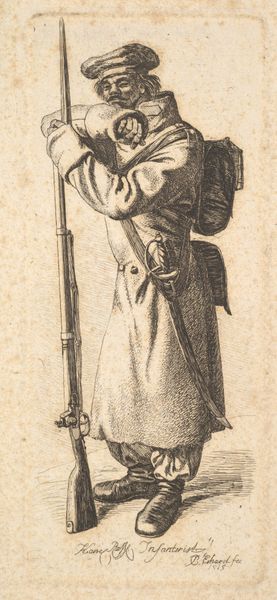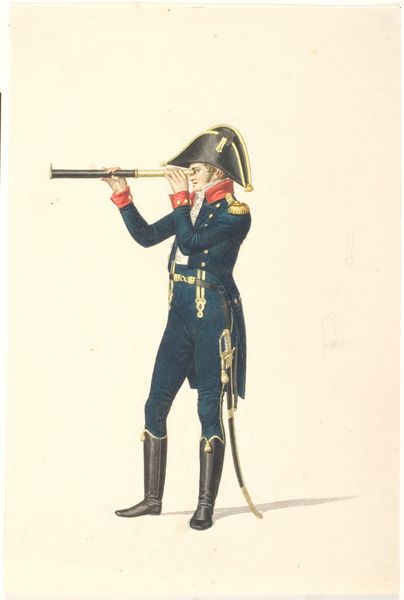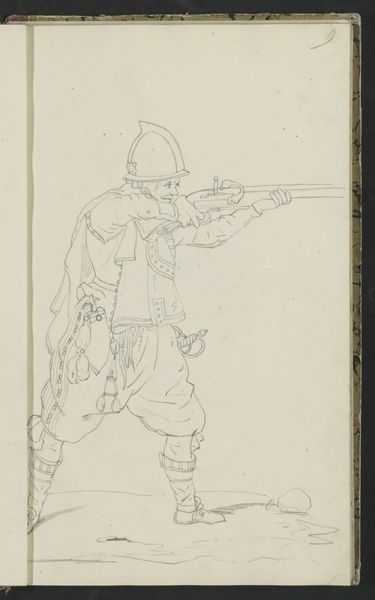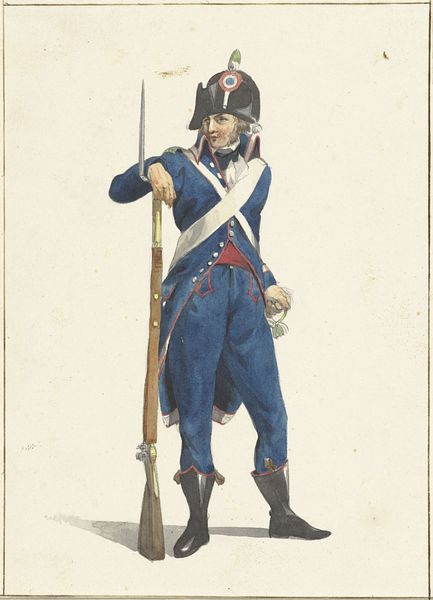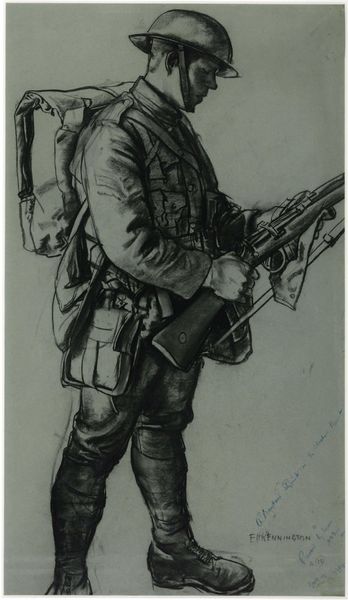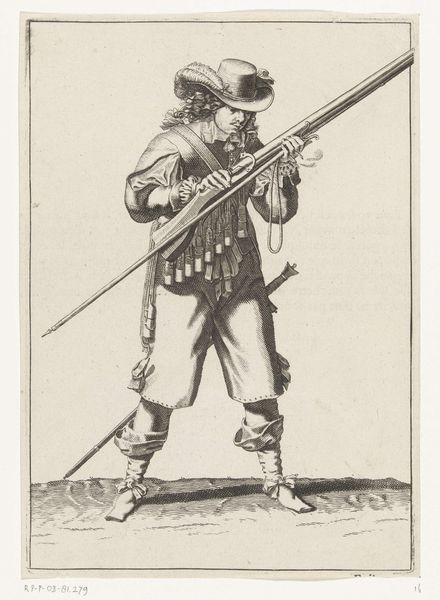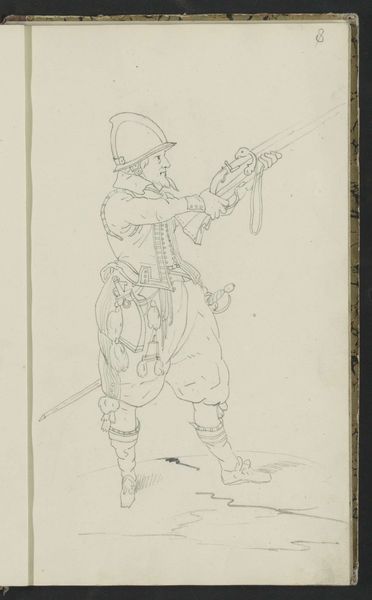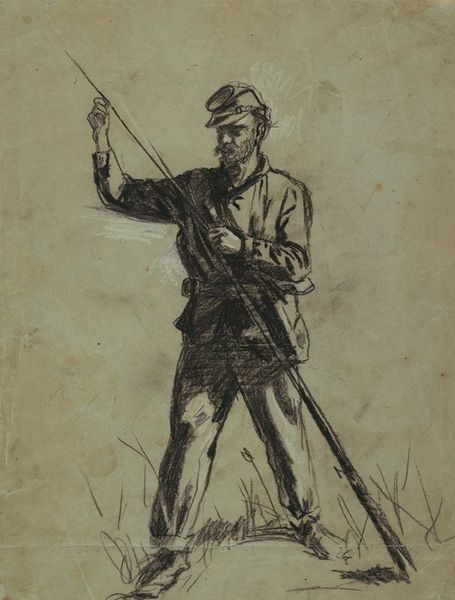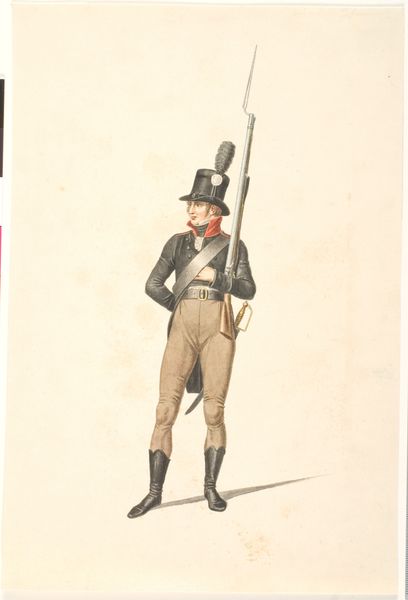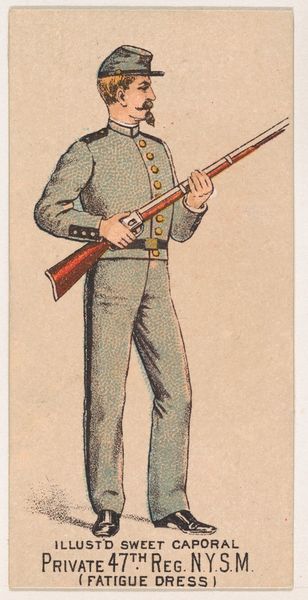
metal, wood
#
metal
#
france
#
wood
Dimensions: L. 87.6 cm (34 1/2 in.)
Copyright: Public Domain
Curator: What we have here is a Percussion Fowling Piece, made sometime between 1810 and 1820. It’s currently held at the Art Institute of Chicago. The wood and metalwork are really quite something. Editor: It’s beautiful, isn't it? I am struck by the elegance. The silver against the dark wood – how can something designed to kill be so refined? What should we make of this weapon? Curator: The weapon signifies status. It evokes complex dialogues around colonialism, class, and gender. These fowling pieces, in particular, became tools that reshaped power structures both at home and abroad. Consider how leisure activities like hunting were often tied to land ownership and thus exclusionary social hierarchies. How does seeing it in a museum setting influence your interpretation, knowing the colonial history of collecting practices? Editor: I didn't think about it from a decolonization lens. I think of it as a symbol of skill, even artistry, that reflects its time, but I am still puzzled by the relationship between that level of aesthetic sophistication and the explicit purpose of a gun. Is the artistry a way of distancing the user from its bloody use? Curator: That’s a compelling question. Or is it about normalizing the brutality? To embellish something that has destruction as its intention is to almost... glamorize its destructive ability. We can ask: what stories does the weapon conceal? What narratives about those dispossessed of their land and livelihood remain untold by its polished surfaces? Editor: That completely reframes how I view this piece! It’s no longer just about beauty, but about all those power dynamics that I need to recognize when examining the artifact. I need to think about its social, economic, and political background, which, admittedly, is more nuanced than considering its mere existence and refined aesthetics. Curator: Exactly. Objects, like this fowling piece, can act as silent witnesses to history if we choose to listen critically.
Comments
No comments
Be the first to comment and join the conversation on the ultimate creative platform.
